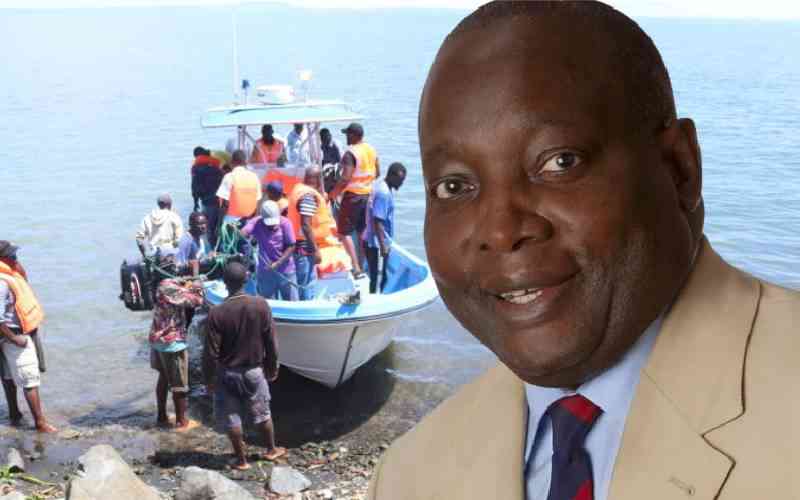 |
|
Cargo vessel anchored at the port of Mombasa. Shipping companies have stuck with the high rates claiming they risk piracy attacks. [PHOTO: MAARUFU MOHAMED/STANDARD] |
Mombasa; Kenya: Despite a significant drop in piracy off the coast of Somalia after the deployment of multi-national naval forces in the Indian Ocean, the cost of shipping is yet to come down.
Shippers Council of Eastern Africa (SCEA) said in a report that goods imported through the port of Mombasa were 10 per cent more expensive than they were in 2007, at the height of piracy along the East African coast.
Kenya Maritime Authority (KMA) Director General Nancy Karigithu said majority of the shipping lines continued to impose an arbitrary Piracy Risk Surcharge ranging between Sh17,000 and Sh26,000, and Sh36,000 and Sh51,000 for 20-foot and 40-foot containers respectively.
“Although piracy incidents off the Somali coast have declined, the charge still features in sea freight, but it is not collected locally,” said Ms Karigithu.
She explained the money was paid to compensate for costs arising from ransom demands or any other expenses incurred to save the ship and cargo.
LONGER ROUTES
A recent report by the International Chamber of Commerce’s International Maritime Bureau (IMB) indicates that piracy was at its lowest during the first quarter of this year since 2007.
Only five incidents were recorded off Somalia in 2013.
In 2014, only three attempted attacks have been recorded and two vessels fired at, but no hijack was recorded.
But the shipping companies have stuck with the high rates, claiming there was still the fear of piracy attacks.
In addition, shipping lines continued to use longer routes as they did at the height of piracy.
“Other than the insurance, some vessels, especially Norwegian, still do not use the Gulf of Aden and Suez Canal. They are using a longer voyage around the Cape of Good Hope to access Mombasa,” said Andrew Mwangura, the secretary general of the Seafarers Union of Kenya.
He said the Gulf of Aden and the Suez Canal were still classified as war risk areas, leading to high insurance premiums for ships and cargo coming to Mombasa.
“In May 2008, the Gulf of Eden was classified as a war risk area by the Lloyds Market Association Joint War committee. This pushed insurance premiums up by 300-fold from Sh43,000,” said Mr Mwangura.
PIRACY COST
Stay informed. Subscribe to our newsletter
“Armed guards are still deployed on the ships and also maintain the insurance premiums,” said Juma Tellah, the Kenya Ships Agents Association (KSAA) executive officer.
 The Standard Group Plc is a
multi-media organization with investments in media platforms spanning newspaper
print operations, television, radio broadcasting, digital and online services. The
Standard Group is recognized as a leading multi-media house in Kenya with a key
influence in matters of national and international interest.
The Standard Group Plc is a
multi-media organization with investments in media platforms spanning newspaper
print operations, television, radio broadcasting, digital and online services. The
Standard Group is recognized as a leading multi-media house in Kenya with a key
influence in matters of national and international interest.
 The Standard Group Plc is a
multi-media organization with investments in media platforms spanning newspaper
print operations, television, radio broadcasting, digital and online services. The
Standard Group is recognized as a leading multi-media house in Kenya with a key
influence in matters of national and international interest.
The Standard Group Plc is a
multi-media organization with investments in media platforms spanning newspaper
print operations, television, radio broadcasting, digital and online services. The
Standard Group is recognized as a leading multi-media house in Kenya with a key
influence in matters of national and international interest.










